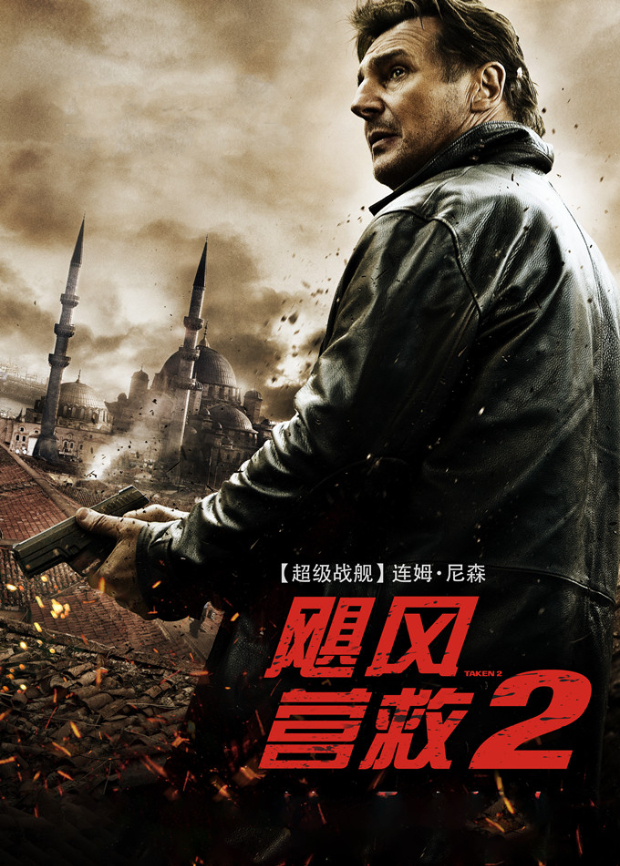 陈淑桦
陈淑桦
发表于2分钟前回复 :Siddartha (Dhritiman Chatterjee) is forced to discontinue his medical studies due to unexpected and brutal death of his father. He has to now find a job in stead. In one job interview, he is asked to name the most significant world event in the last ten years. His reply is 'the plain human courage shown by the people of Vietnam', instead of the expected - man landing on moon. The interviewer asks is he is a communist. Needles to say that he does not get the job.He reaches a coffee shop where he is offered to work for the communist party. When he does not show any interest the party leader tells him about an opening for a medical representative. To escape from the heat and have a snooze, he goes in to a cinema. As a government propaganda newsreel is being shown before the feature, a bomb explodes in the cinema hall. In the stampede that follows, Siddartha, breaks his watch. He goes to a watchmaker but he cannot afford the repairs.Waiting to cross the road, he notices a sexy girl. He drifts back to his days as a medical student in a flashback. The professor is explaining anatomy of female breast. Many flashbacks and dreams occur to Siddartha through the film.On his way to hostel, he has an encounter with some hippies. Along with an ex-classmate, he goes out to see a porn film but to their disappointment, the film turns out to be not-so-pornographic.In such constant wandering in a Calcutta, disintegrated relationships with his sister and a Naxalite (militant communist) brother, his friendship with Keya is only thing that keeps him sane.Keya is a simple girl. They enjoy each other's company but they cannot make any commitment to each other due to the circumstances.After yet another attempt at a job interview, Siddartha leaves the big city to take a modest job of a salesman in a far off small town. He writes to Keya that he still cherishes their relationship. And that he has heard that bird call again but this time it is for real, and not his mind. After completing the letter, he comes out to the balcony of his modest room. The bird calls again. He also hears the sombre chants of a funeral procession. As he turns to the camera, the picture is frozen.This is the first film of the Calcutta Trilogy. The other two were and Seemabaddha (Company Limited, 1971) and Jana Aranya (The Middle Man, 1975). All the three films study the effect the big city of Calcutta has on the educated youth and the price it extracts from them.The seventies were a difficult period for India and West Bengal. The Corruption was rampant; the Naxalite movement had created havoc in Calcutta. In fact, they had turned parts of Calcutta into 'liberated zones'. By the time the Naxalite movement died down, in 1975, Mrs. Indira Gandhi (then, Prime Minister of India) suppressed the fundamental rights and declared "Emergency" for her own political survival. Her son, Sanjay Gandhi became a dictator of sorts without any official designation. The opposition leaders were thrown into prisons.About his social responsibilities as a filmmaker, in an interview with Cineaste magazine, Ray commented, "You can see my attitude in The Adversary where you have two brothers. The younger brother is a Naxalite. There is no doubt that the elder brother admires the younger brother for his bravery and convictions. The film is not ambiguous about that. As a filmmaker, however, I was more interested in the elder brother because he is the vacillating character. As a psychological entity, as a human being with doubts, he is a more interesting character to me. The younger brother has already identified himself with a cause. That makes him part of a total attitude and makes him unimportant. The Naxalite movement takes over. He, as a person, becomes insignificant."In a letter to Seton in 1970, Ray wrote that Pratidwandi was the most provocative film he had made till then. The film is said to have evoked extreme reactions. "People either loved the film or hated it", Dhritiman Chatterjee told Andrew Robinson, Ray's biographer.
 可米小子
可米小子
发表于1分钟前回复 :卡隆堡宫亦即哈姆雷特城堡,坐落在西兰岛北部赫尔辛各市的海边,与瑞典的赫尔辛堡市隔海相望,地处波罗的海出港口之一的欧尔松海峡最窄的出口处,在哥本哈根市东北约45公里。卡隆堡宫意为“皇冠之宫”,始建于1574年,1585年竣工。资金来自菲特烈二世国王(1559-1588)对经过欧尔松海峡船只所征得的通行税。此堡由荷兰建筑师设计建造。宫殿用岩石砌成,褐色的铜屋顶气势雄伟、巍峨壮观,是北欧最精美的文艺复兴时期建筑风格的宫殿。在宫外院的墙上有一块莎士比亚的纪念浮雕像,相传当年莎士比亚就是以卡隆堡宫为背景写下了那不朽的悲剧《哈姆雷特》的。故卡隆堡宫又称为哈姆雷特城堡。卡隆堡宫历史上曾两度被毁:第一次是在1623年,整个宫殿及宫内陈设全被焚为灰烬,唯一幸存的是宫内的教堂。直到1637年才被修复,宫内的结构有所改变,使之具有巴罗克建筑风格,宫外的屋顶由原来的圆形螺旋塔改为现在有尖塔顶。第二次“北欧战争”期间,瑞典人于1658-1660年占领卡隆堡宫,将宫内物品洗劫一空。现在宫内的陈设全是根据当时情况复制的。到菲特烈四世国王(1699-1730)时,加强了克隆堡宫周围的防御工事,宫殿也不断得到修复。从1785年到1922年,卡隆堡宫曾被用作兵营。宫堡外围的火炮已有二、三百年的历史。本片是由德莱叶拍摄于1955年的8分钟纪录短片。主要介绍了卡隆堡内的另一个城堡“克罗根”堡(Krogen)的一些逸闻趣事,大师拍风景,不可错过。


